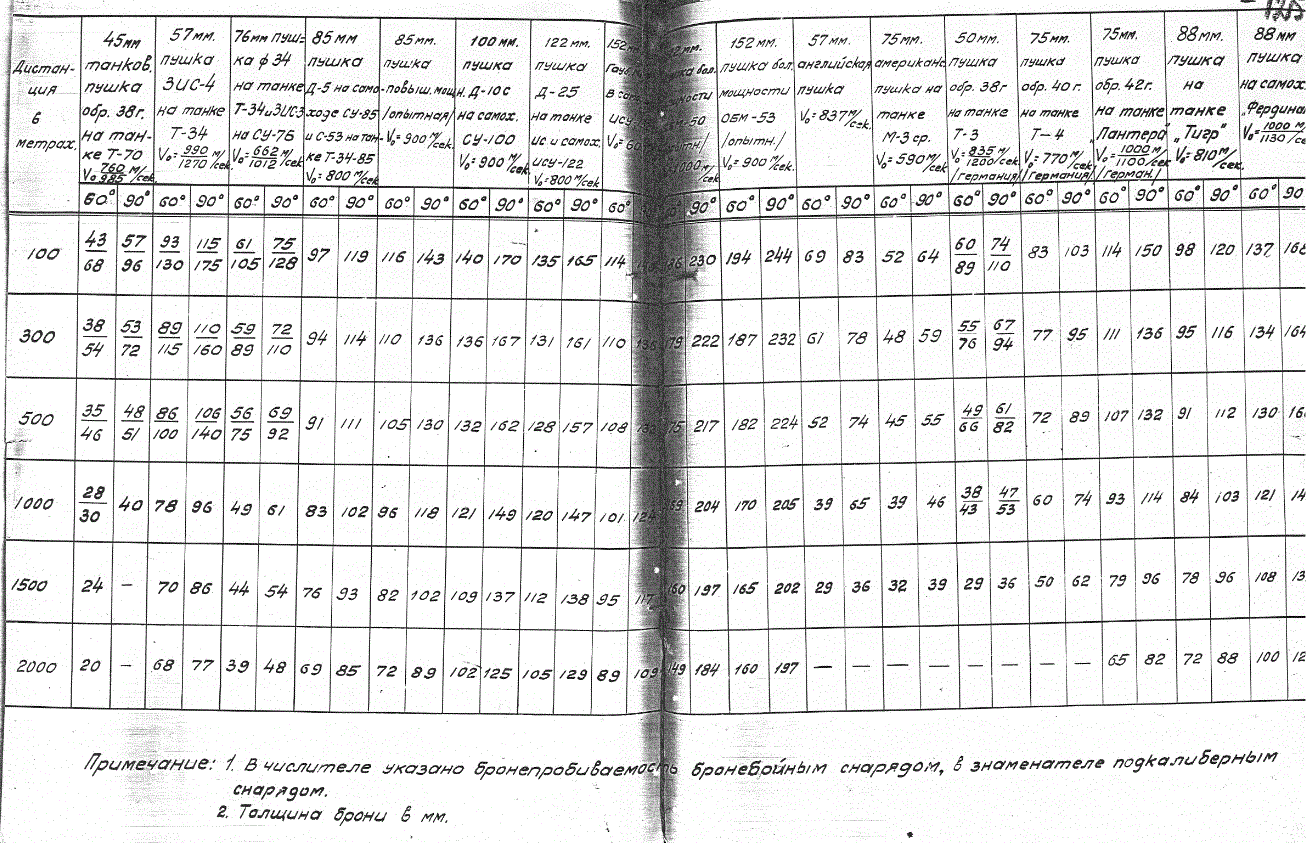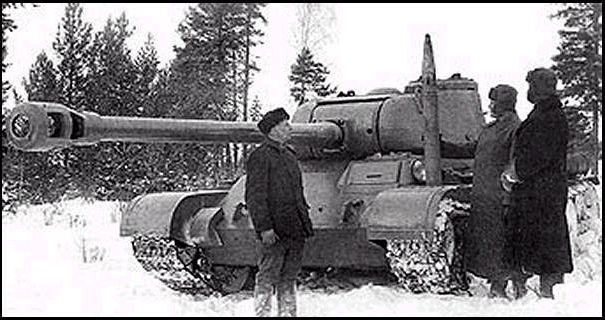The challenge did say that it could be in service with Army or Marines. The USMC used/ still uses the Harrier - I wonder if that is at least partly to differentiate themselves from the Army/ Navy.
So (assuming this is part of the motivation) perhaps something similar could happen, with the Marines deciding to use the Centurion after an especially sharp bout of inter-service rivalry with the Army. In fact the USMC did face an existential crisis in 1945-7 with elements in the Army pushing for its abolition (following the postwar budget cuts), according to Wikipedia. So perhaps that could have been the catalyst.
So (assuming this is part of the motivation) perhaps something similar could happen, with the Marines deciding to use the Centurion after an especially sharp bout of inter-service rivalry with the Army. In fact the USMC did face an existential crisis in 1945-7 with elements in the Army pushing for its abolition (following the postwar budget cuts), according to Wikipedia. So perhaps that could have been the catalyst.

